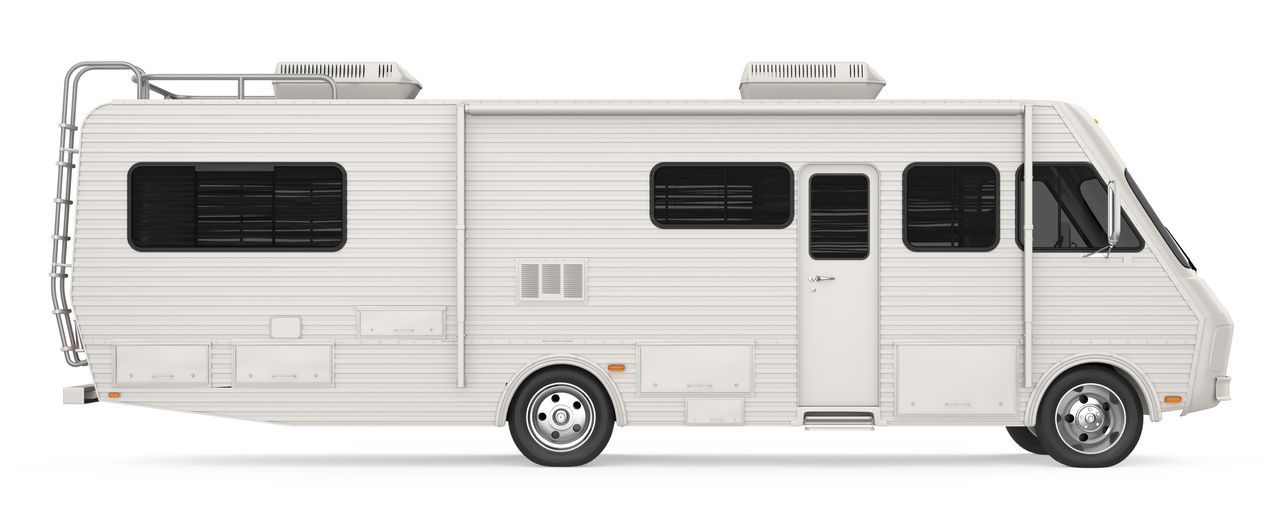
Learn how to craft an impressive static website with ArtisticBird. Follow our step-by-step guide to design, develop, and launch your website successfully.
In the vast world of website development, the term "static website" often pops up. But what exactly is it, and how does it differ from other types of websites? Let's break down the concept of static websites in a way that anyone can understand.
Static websites are like digital billboards. They're made up of fixed content that doesn't change unless someone manually updates it. Imagine a simple, yet beautiful online poster that showcases your message.

So, What's Special About Static Websites?
At ArtisticBird, We Speak Static and Dynamic:
Our team at ArtisticBird knows the language of websites, whether they're dynamic or static. We craft online spaces that fit your needs, whether it's a simple blog or a full-fledged online store.
Ready to Dive In? Check out our creations and services at ArtisticBird. Let's chat about making your very own stunning static website. Your digital presence is just a click away!
Learn the difference between static and dynamic websites. Static websites consist of HTML and CSS files and are easy to create and maintain.
Discover the benefits of static websites, including faster loading times, enhanced security, and simplified hosting requirements.
Learn the basics of HTML and CSS to structure and style your static web pages. HTML creates content, while CSS adds visual appeal.
Understand how to create content for static web pages. Plan your content structure and use HTML to format text, images, and links.
Learn how to deploy a static website using hosting services or platforms. Use FTP or Git to upload your HTML and CSS files.
A static website is a basic type of website where the content remains fixed and unchanged, requiring manual updates for any modifications.
Not at all! While dynamic websites offer more interactivity, static websites have their own advantages, like faster loading times and heightened security.
Yes, you can! While updates might need manual adjustments, you can have a blog section on a static website using a separate page for each post.
